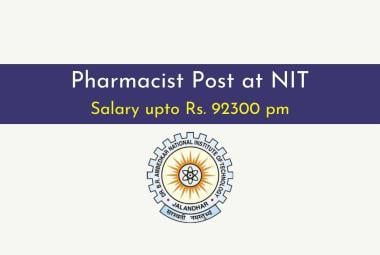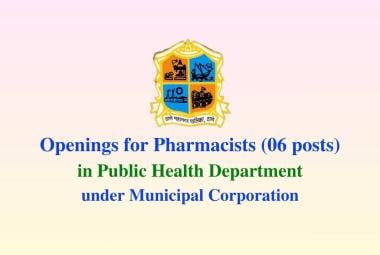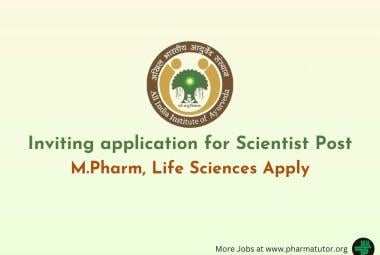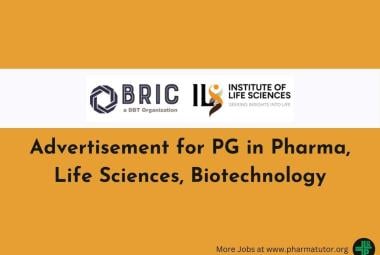Researchers at MIT, Draper, and Brigham and Women’s Hospital have designed an ingestible capsule that can be controlled using Bluetooth wireless technology. The capsule, which can be customized to deliver drugs, sense environmental conditions, or both, can reside in the stomach for at least a month, transmitting information and responding to instructions from a user’s smartphone.








